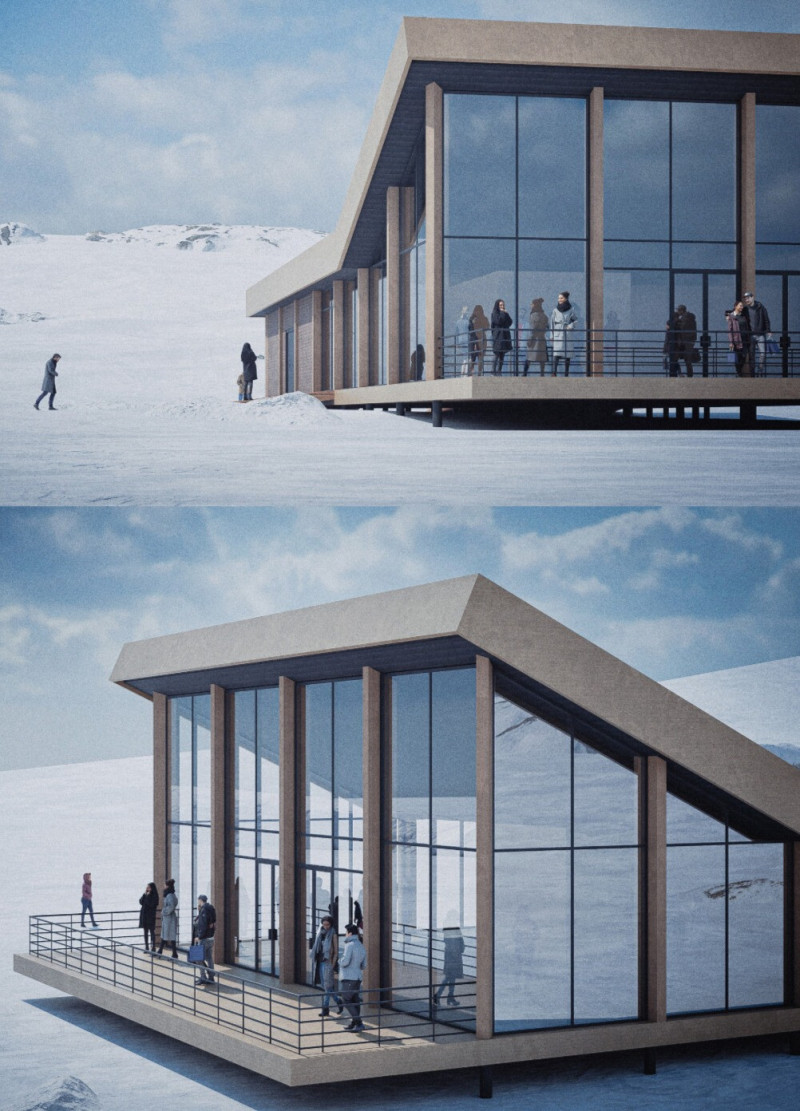5 key facts about this project
The primary function of the project revolves around [specific purpose, e.g., residential living, community engagement, commercial activity], catering to the specific demands of its occupants. A central aspect of the design is the thoughtful arrangement of spaces that enhance usability and accessibility. The layout encourages interaction among users while providing zones for privacy and solitude, effectively balancing communal and personal needs. Each intended function has been meticulously integrated into the design, allowing for seamless transitions between different areas of the structure.
Materiality plays an essential role in the project's identity. The use of [specific materials, e.g., wood, concrete, glass, steel] has been carefully considered not just for durability but also for their contribution to the overall aesthetic. The façade, adorned with [describe specific material applications], achieves a sense of warmth and approachability, ensuring that the structure feels inviting. These materials have been chosen not only for their architectural qualities but also for their sustainability, aligning with modern design principles that prioritize environmental responsibility. Energy-efficient systems and durable materials promote longevity and reduce maintenance, enhancing the project's value over time.
Unique design approaches evident in this project include [specific design strategies, e.g., open-plan layouts, innovative façades, integration of natural light]. The introduction of large windows and skylights facilitates natural illumination, creating a vibrant and invigorating atmosphere that shifts throughout the day. Additionally, the incorporation of [landscaping features or outdoor spaces] extends the interior experience, allowing occupants to engage with nature and enjoy outdoor activities, fundamentally enhancing the livability of the space.
The architectural design is complemented by carefully considered technological integrations that streamline functionality. Features such as smart home systems, energy-efficient lighting, and advanced HVAC solutions embody a modern sensibility, catering to contemporary lifestyles while promoting sustainability. These advancements not only augment the user experience but also underscore the importance of technology in today’s architectural practice.
Throughout the design process, the architects have made significant efforts to preserve the landscape's integrity, often incorporating elements that mimic organic forms found in nature. This approach fosters a sense of unity between the structure and its surroundings, achieving an organic flow that respects the natural environment while standing as a testament to modern design.
Ultimately, this architectural project showcases a commitment to thoughtful design that aligns with both user needs and environmental considerations. By integrating innovative materials, embracing sustainable practices, and fostering a connection with the landscape, the project stands as a relevant and engaging addition to the architectural dialogue. For those interested in a deeper exploration of the architectural concepts and details, examining the architectural plans, architectural sections, and architectural designs will provide valuable insights into the intricacies of this project. Every aspect has been designed with intentionality, ultimately creating a space that resonates with its users and the environment alike.


























